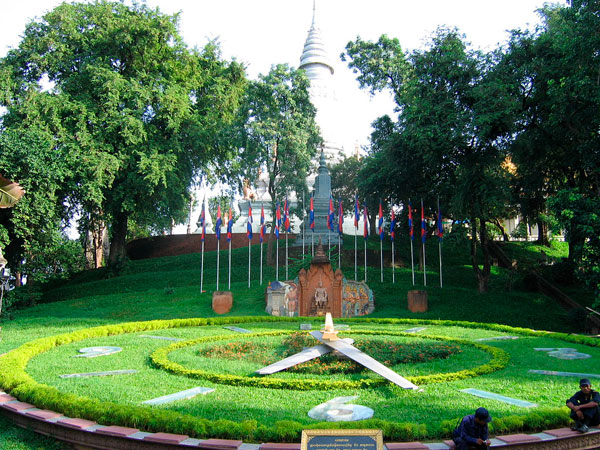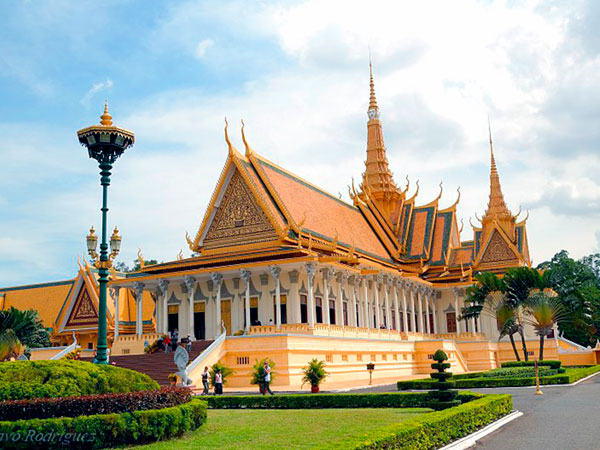Location: Tuol Sleng Genocide Museum, located at the former site of S-21 in Phnom Penh
Prior to 1975, Toul Sleng was a high school. When the Khmer Rouge came to power it was converted into the S-21 prison and interrogation facility. Inmates were systematically tortured to extract confessions, after which they were executed at the killing fields of Choeung Ek. S-21 processed over 17,000 people, less than a dozen of whom survived. The building now serves as a museum, a memorial and a testament to the madness of the Khmer Rouge regime.
Tuol Svay Prey High School was originally built as a secondary school in 1960, during the reign of Preah Batnorodom Sihanouk. The Khmer Rouge converted it into a torture and interrogation centre to extract 'confessions' of anti-government sentiment. Many victims were women and children incarcerated along with the 'suspected' father. Documents recovered indicate that over 17,000 persons had been imprisoned there between1975 and 1978, of whom only seven are known to have survived.
The others, once the 'confession' had been extracted under torture, were transported to Choeung Ek for execution. Records show that the highest figure was on 27 May 1978, when 582 persons were sent to their death. The museum was established in 1979 after the Vietnamese invasion, and the Khmer Rouge's meticulous photographic records of their victims are exhibited as tragic testimony to those who suffered and died in their hands.
Tuol Sleng reopened in 1980 as a historical museum memorializing the genocidal crimes of the Khmer Rouge regime. It is open to the public and thousands of Cambodians and foreigners have visited it, bizarrely attracted to the testimony of man’s inhumanity to man.
The life of a prisoner was extremely difficult. Upon their arrival, the inmates were photographed and required to give detailed information of their background extending from their childhood until the date of their capture. Then they were then required to strip to their underwear, after which all of their possessions were confiscated. After being read a list of prison rules, the prisoners were taken to their cells and shackled with chains fixed to the walls or the concrete floors. The prisoners slept directly on the floors without any mats, mosquito nets or blankets and were not allowed to move unless they asked for permission.













